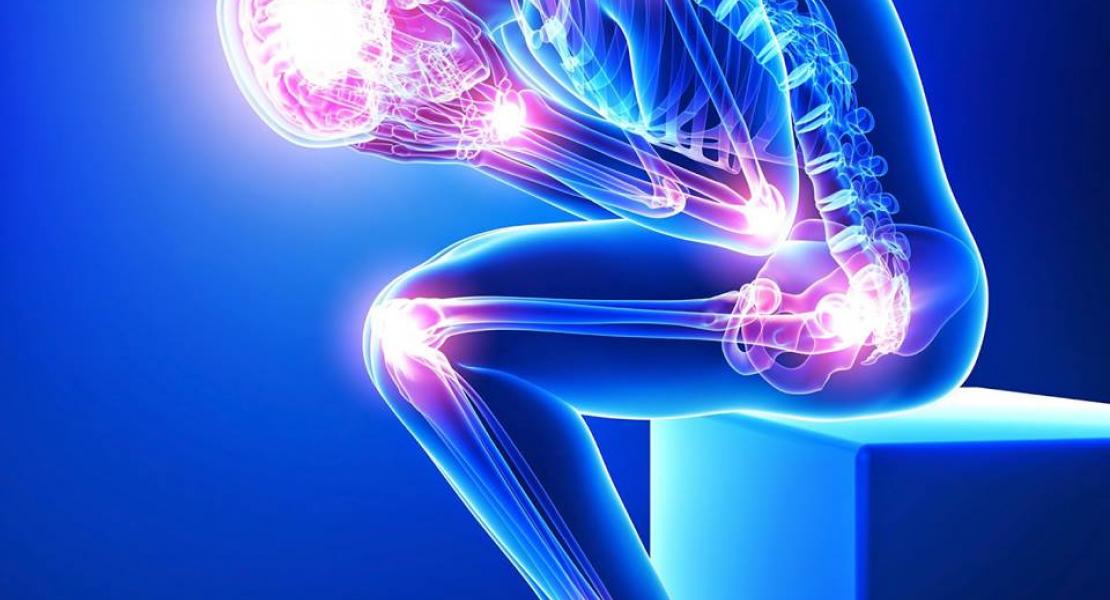HMGA2 functions as a competing endogenous RNA to promote lung cancer progression

Abstract
Non-small-cell lung cancer (NSCLC) is the most prevalent histological cancer subtype worldwide1 . As the majority of patients present with invasive, metastatic disease2 , it is vital to understand the basis for lung cancer progression. Hmga2 is highly expressed in metastatic lung adenocarcinoma, in which it contributes to cancer progression and metastasis3–6. Here we show that Hmga2 promotes lung cancer progression in mouse and human cells by operating as a competing endogenous RNA (ceRNA)7–11 for the let-7 microRNA (miRNA) family. Hmga2 can promote the transformation of lung cancer cells independent of protein-coding function but dependent upon the presence of let-7 sites; this occurs without changes in the levels of let-7 isoforms, suggesting that Hmga2 affects let-7 activity by altering miRNA targeting. These effects are also observed in vivo, where Hmga2 ceRNA activity drives lung cancer growth, invasion and dissemination. Integrated analysis of miRNA target prediction algorithms and metastatic lung cancer gene expression data reveals the TGF-b co-receptor Tgfbr3 (ref. 12) as a putative target of Hmga2 ceRNA function. Tgfbr3 expressionis regulated by the Hmga2 ceRNA through differential recruitment to Argonaute 2 (Ago2), and TGF-b signalling driven by Tgfbr3 is important for Hmga2 to promote lung cancer progression. Finally, analysis of NSCLC-patient geneexpression data reveals that HMGA2 and TGFBR3 are coordinately regulated in NSCLC-patient material, a vital corollary to ceRNA function. Taken together, these results suggest that Hmga2 promotes lung carcinogenesis both as a protein-coding gene and as a non-coding RNA; such dual-function regulation of gene-expression networks reflects a novel means by which oncogenes promote disease progression.
